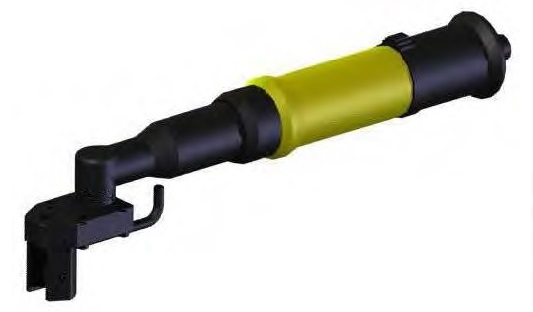Which are the main differences between CLY-29 and CLY-R temporary fastener models?
If you need our technical support regarding the temporary fasteners for liquid shims that you saw in our catalog, this blog is for you !
This is a request from one of our customer about temporary fasteners.
They are currently developing the production process that they are going to follow to manufacture our new aerospace project and for that, they will need to use those temporary fasteners during the liquid shim curing phase.
Their nominal definitive hole diameter will be 6,34mm but they are expecting to use temporary fastener in a previous lower diameter (example, 4,15mm).
Questions are:
1- Which are the main differences between CLY-29 and CLY-R temporary fastener models? (mainly the Max. Preload values?)
The CLY-29 features a plastic sleeve, different preload values, and a range of available diameters. Essentially, the CLY-29 is a smaller version of the CLY-R, and the CLY-29 does not come in larger diameters.

2- Which hole diameter range will be valid to use the nominal diameter code 4,1 of temporary fastener, asurring no movements between parts during this curing phase? In the technical table is specified the min. hole diameter (4mm) but we will need the Max. Hole diameter as well.
The maximum hole diameter is not specified in the sales plans. The fasteners should be used in holes as close to the minimum diameter as possible. A larger hole diameter reduces preload, which can cause issues such as marking or fasteners passing through the holes. Known applications today are in holes ranging from 4mm to 4.15mm, with a clamping tension of 20 daN.
3- Which installation tool will you recommend us to install those temporary fasteners? It exists also the possibility to install them manually wich a torque wrench?
TF screwdrivers are recommended. Using a torque wrench is highly unrecommended. We also offer right-angle or crowfoot screwdrivers for situations with accessibility issues.

4- Do you recommend using any kind of release agent (or other product) around the temporary fastener during the liquid shim curing process?
There is no need for a release agent with the CLY-R series, as they are protected by a plastic sleeve that needs to be replaced after each use.
5- Which is the shear stress resistance of those temporary fasteners?
Temporary fasteners are not designed to work in shear.
